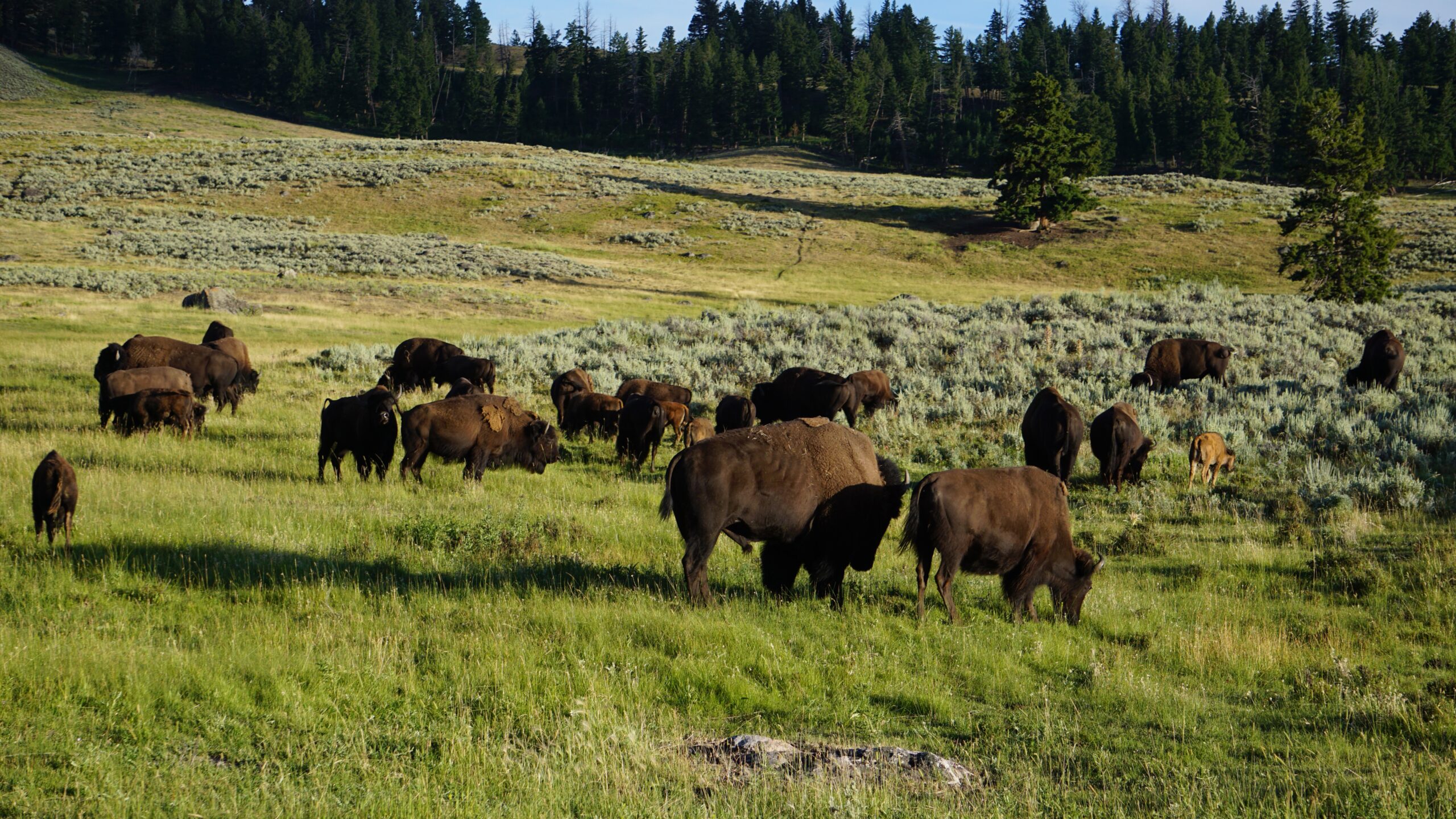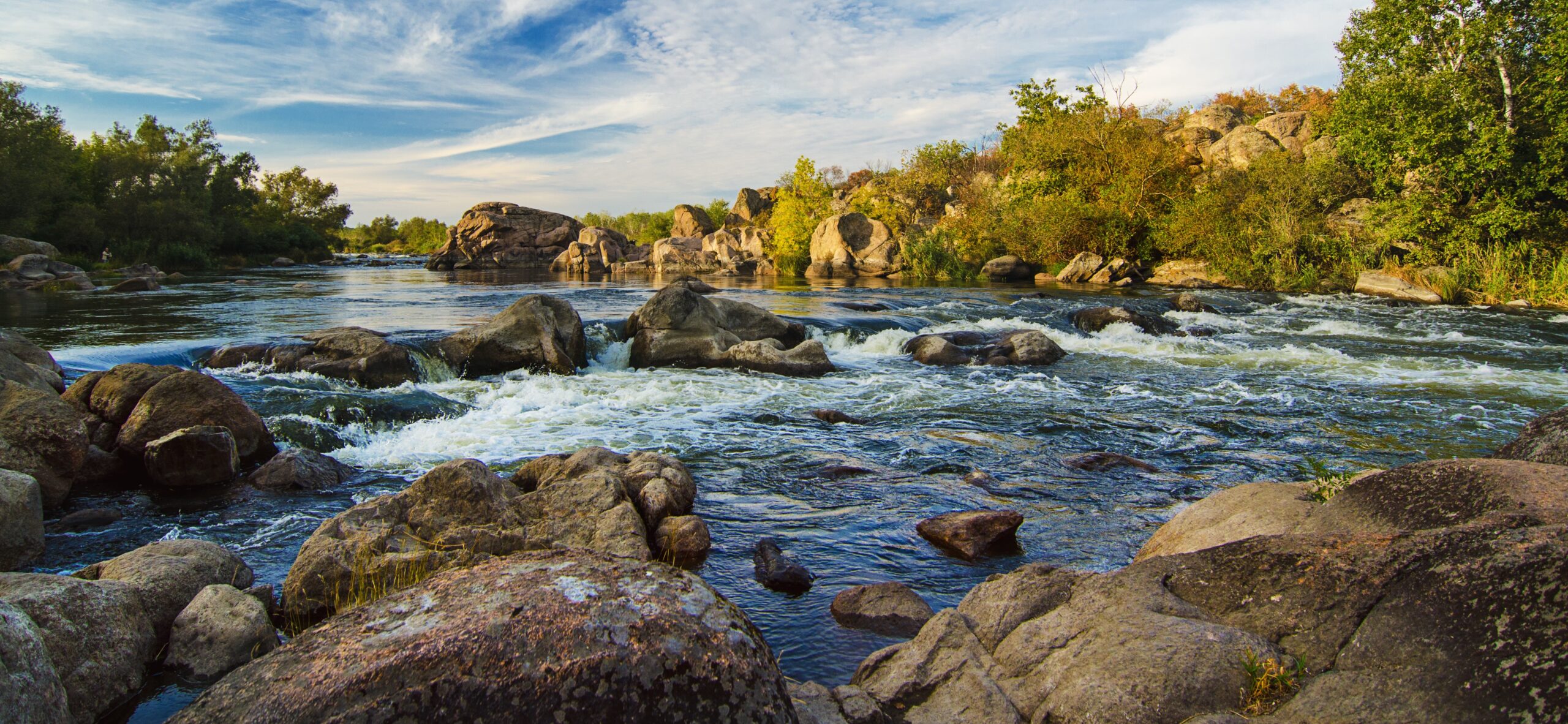
Policy Options
State Wildlife Agency Funding
Overview
State wildlife agencies have broad responsibilities to conserve all wildlife for present and future generations, but limited capacity to fulfill these responsibilities due to severely constrained funding. Through license sales, hunters and anglers have disproportionately footed much of the bill for state wildlife agencies, and their ongoing contributions are essential to the conservation of hundreds of species. However, wildlife agencies are mandated to conserve thousands of species, including those that are not hunted or fished. Even if more federal funding is made available from the proposed Recovering America’s Wildlife Act, state wildlife agencies need additional, broad-based public funding to conserve all biodiversity within state borders and provide all people with opportunities to enjoy and benefit from wildlife conservation.
Funding Options
Funding Options:
- General Fund Appropriations: A few states receive a consistent, annual appropriation from the state General Fund. In Vermont, these appropriations consistently cover around a quarter of the wildlife agencies’ budget, and Washington appropriated $23 million in 2023 for biodiversity and endangered species recovery. Louisiana approved a bill in 2022 establishing a competitive grant program for conservation projects, including wildlife conservation, with an initial appropriation of $10 million.
- Outdoor Gear Tax: Texas, Virginia, and Georgia recently passed bills that reallocate a portion of their outdoor gear tax towards funds for wildlife conservation. All three states’ taxes encompass gear for non-hunting and fishing activities, such as hiking, camping, and water sports.
- General Sales Tax: States that have created a new sales tax for wildlife conservation include Missouri, Arkansas, and Minnesota. Note that this option may not be possible in states with constitutional restrictions on creating new taxes.
- Real Estate Transfer Tax: Most states levy a tax on the transfer of real estate and property between
owners. Florida and South Carolina both use revenue from their real estate transfer tax to support wildlife conservation.
- Allocating Money From A Tax Increase: Iowa voters approved a constitutional amendment in 2010 that created a Natural Resources and Outdoor Recreation Trust Fund to be funded with revenue from the next state sales tax increase. While the Fund has been created, the sales tax allocation has not yet been approved.
- Trust Funds: Both Wyoming and New Mexico have established trust funds that fund wildlife conservation projects using accrued interest.
- Bond Programs: Nevada has a $218 million bond program slated for acquiring wildlife habitat and
enhancing outdoor recreation opportunities. West Virginia also authorizes counties to issue bonds for land acquisition for the benefit of wildlife habitat.
- Lottery Revenue: States with a dedicated lottery fund can use this revenue to support wildlife
conservation. Examples include Arizona, Colorado, Maine, and Oregon. In 2023, Minnesota increased the portion of lottery proceeds allocated to its Natural Resource Trust Fund from 40-50%.
- Severance Tax: Many states have a severance tax on resource extraction, especially for fossil fuels and minerals. Several use some of the revenue to fund conservation efforts. For example, Colorado allows surplus from the state’s severance tax trust fund to be allocated to the species conservation trust fund.
- Cannabis Tax: Montana voters approved an initiative in 2020 to allocate a portion of the state sales tax on cannabis to the Montana Fish, Wildlife and Parks to the General Habitat Program and Nongame Fund.
- State Parks Pass: Colorado established a funding stream for state parks and related recreation and
wildlife programs in 2023 via state parks pass purchases, included by default with vehicle registration, generating $41 million in its first year.
- Hunting & Fishing License Fees: States can update their hunting and fishing license fees to keep pace with inflation, while also prioritizing hunting access for state residents. Oklahoma and Wisconsin are two states that recently approved license fee increases via legislation, both with a focus on modernizing nonresident license fees.
- Voluntary Programs: Also known as the “bake sale” approach, some states provide state residents with a variety of voluntary options for making donations to wildlife conservation. These include special license plates (Texas, Wyoming), income tax check-offs (Connecticut), charities and fundraisers (Georgia), or donation programs to support habitat (New Jersey).

Empower State Environmental Champions
Your donation funds the fight for equitable actions that protect the environment and our health.
Donate